Are you struggling to find a solution for your tire rubbing up against your wheel well? Do the constant vibrations and noises prove too much of a distraction while you drive? Tire rubbing is an irritating problem, but with regular maintenance of both the tires and suspension systems, it can be easily resolved. In this blog post, we’ll explain why tire rubbing tends to occur, as well as offer useful advice on how to fix tire rubbing at its source. Stay tuned for some helpful tips on how to fix tire rubbing on wheel well in the future!
Wheel well rubbing can cause damage to both the tires and wheels, and over time can lead to poor vehicle performance. Here we will explore how to diagnose if tire rubbing is causing an issue on your vehicle and how to fix it for optimal safety and performance. Knowing what steps need to be taken before tackling a project like this can help save both money and hard work in the long run. Let’s dive in!
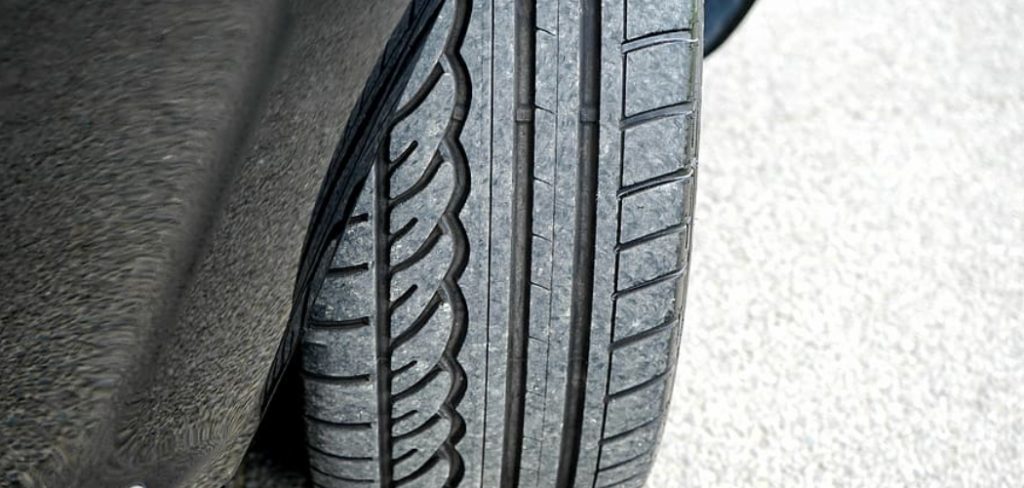
Why is It Important to Fix Tire Rubbing on Wheel Well?
1. To Prevent Damage
One of the most important reasons to fix a tire rubbing on the wheel well is to prevent damage. If the tires rub against the wheel wells, it can cause wear and tear on both components. This can lead to diminished performance over time, as well as a higher risk of an accident.
2. To Improve Handling
When tires are not properly aligned with the wheel wells, it can significantly reduce the vehicle’s handling ability. This is because when a tire rubs against the wheel well, it causes friction and creates drag that makes it harder to turn or maneuver in tight spaces.
3. To Improve Fuel Efficiency
In addition to improving handling, properly aligned tires also help improve fuel efficiency. When a tire rubs against the wheel well, it causes additional drag which requires more fuel to counteract. By ensuring that tires do not rub against the wheel wells, you can improve your vehicle’s fuel efficiency.
4. To Extend Tire Life
When tires are allowed to rub against the wheel wells, it wears down the rubber quicker than normal. This can result in needing to replace the tires more frequently than desirable. By fixing tire rubbing on the wheel well, you can extend the life of your tires and save money in the long run.
It is important to fix tire rubbing on wheel wells for a variety of reasons – from preventing damage, and improving handling and fuel efficiency to extending tire life. By taking the time to diagnose and fix any rubbing issues, you can ensure that your vehicle performs optimally.
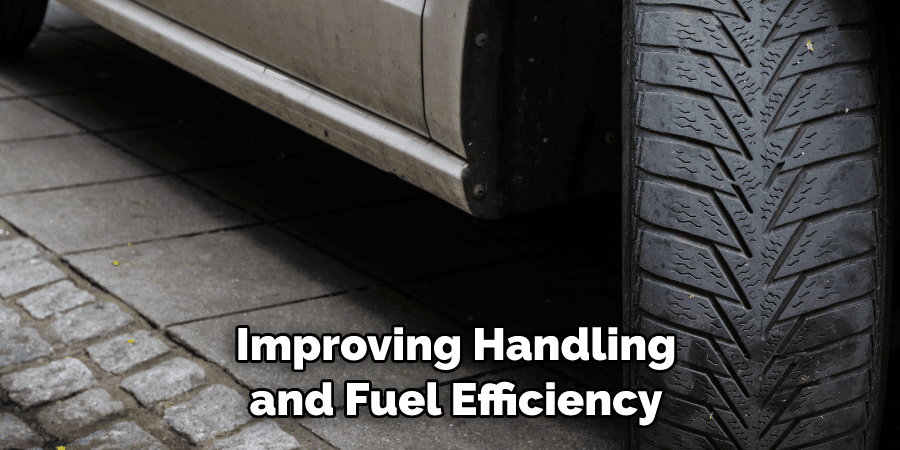
10 Tips On How to Fix Tire Rubbing on Wheel Well
1. Check the Distance Between the Tire and the Wheel Well
This is very important. If the distance between the tire and wheel well is too narrow, then it will lead to a rub. To measure, use a ruler or tape measure to check that there is sufficient space between the two components.
2. Check Tire Tread Wear
If the tread on your tires is worn down, this may be causing them to rub against the wheel well. Make sure to check the tires for signs of wear and replace them if necessary.
3. Check Tire Pressure
If your tire pressure is too, this can cause it to rub against the wheel well. Use a tire gauge to double-check the pressure levels and adjust accordingly. Also, you have to make sure that all four tires have the same pressure so they don’t rub against each other.
4. Check Wheel Alignment
If your wheel alignment is off, this can also cause tire rubbing. Make sure to check the wheel alignment and adjust as necessary. This will also help to improve handling, fuel economy, and tire life.
5. Check Suspension Parts
Worn-out or damaged suspension components can also lead to a rub between the tire and wheel well. all of the parts for signs wear such as cracked rubber bush or loose bolts. If any are found, then they should be replaced.
6. Check Tire Size
If you have recently changed tires, then the size may be too big for the wheel well and cause a rub. Make sure to double-check that the size is correct before putting them on your vehicle.
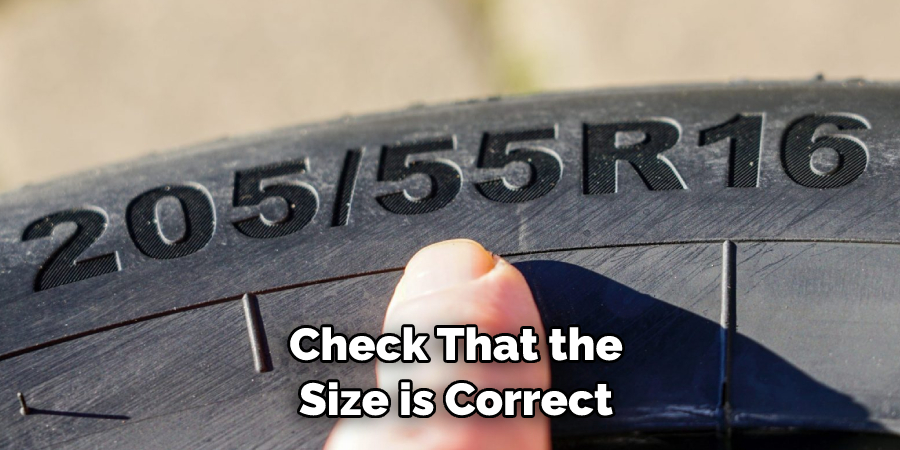
7. Inspect Strut Mounts
The strut mounts can also affect tire rubbing if they are loose or worn out. Inspect the mounts to make sure they are properly secured in place and not causing any issues. You have to make sure the strut mount is firmly secured to the frame of your vehicle.
8. Replace Worn Bushings
If you find that the bushings on your vehicle are worn, then this could lead to the tire rubbing against the wheel well as well. Make sure to replace any worn bushings with new ones so that they don’t cause any problems.
9. Check the Wheel Offset
If the wheel offset is off, this can also lead to the tire rubbing on the wheel well. Make sure to double-check the offset of your wheels and adjust accordingly. This will help to prevent any issues in the future.
10. Adjust Suspension Height
If the suspension height is not correct, then it can lead to tire rubbing against the wheel well. Make sure to adjust the suspension height as necessary to make sure that your tires aren’t rubbing against the wheel well. This will also help to improve handling and ride comfort.
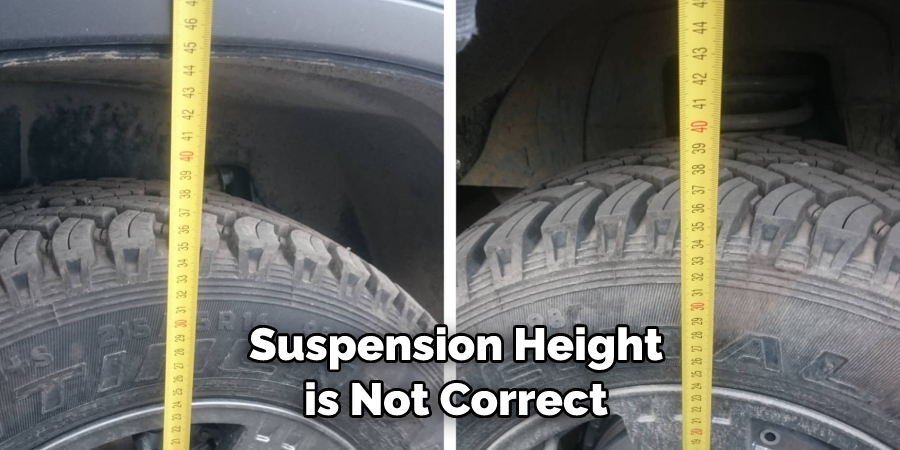
These are just a few tips on how to fix tire rubbing on the wheel well. It is important to diagnose and fix any issues that you may find in order to ensure the optimal performance of your vehicle. By taking the time to inspect and adjust as needed, you can help extend the life of your tires and save money in the long run.
Frequently Asked Questions
What Precautions Should I Take?
It is important to take the necessary precautions when addressing tire rubbing on a wheel well. First, always wear safety glasses and gloves to avoid any potential eye or hand injury from sharp edges or other debris. Make sure the vehicle is securely lifted in a way that will not cause it to move while you are working on it. Be sure to check your vehicle’s owner’s manual for any specific instructions.
What Causes Tire Rubbing?
Tire rubbing on a wheel well is typically caused by incorrect tire size, improper alignment, or uneven air pressure in the tires. Improperly inflated tires can cause the tread to become too worn and start rubbing against the wheel well, leading to a decrease in performance and further damage.
Can I Fix Tire Rubbing on My Own?
In most cases, you can fix a tire rubbing on a wheel well yourself. Start by determining the source of the problem and then take steps to address it. If the tires are too large, you may need to buy new ones that fit properly, or if the problem is caused by improper alignment or uneven air pressure in the tires, you can use a tire pressure gauge and adjust accordingly. You should also make sure that your wheels are aligned correctly and that they have enough clearance from the wheel well.
What are Other Potential Solutions?
If the problem is too big to tackle on your own, you can take your car to a professional mechanic or tire shop and have them fix it for you. They will be able to inspect the vehicle and provide more insight into what is causing the tire rubbing, as well as suggest any necessary repairs or replacements. It is important to ensure that the problem is addressed correctly in order to avoid further damage and extend the life of your tires.
Overall, tire rubbing on a wheel well can be easily fixed with the proper precautions and solutions. Taking the time to inspect and address the issue quickly will help minimize long-term damage and save you money. Make sure to use the correct sized tires, regularly check your tire pressure, and have your wheels aligned correctly in order to keep your vehicle running safely and efficiently.
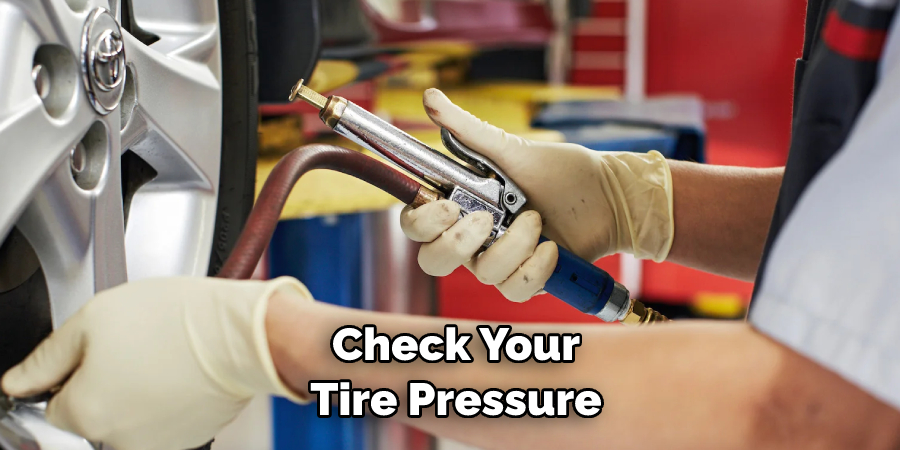
Conclusion
Now you know how to fix tire rubbing on wheel well! As you can see, tire rubbing on wheel well is an issue you don’t want to leave unchecked. If it continues unchecked, it can lead to larger damages. Thankfully, in most cases, adjustments to your wheel alignment or different wheels and tires are all it takes to fix tire rubbing on the wheel well.
Of course, if the problem persists after making those adjustments, be sure to take your car through a complete inspection by a certified mechanic. Keeping an eye out for any tire rub against the wheel wells of your car can help avoid further costly damage down the road. Make sure you regularly check your tires and consult with a certified mechanic if you notice any issues before they become major expenses.
